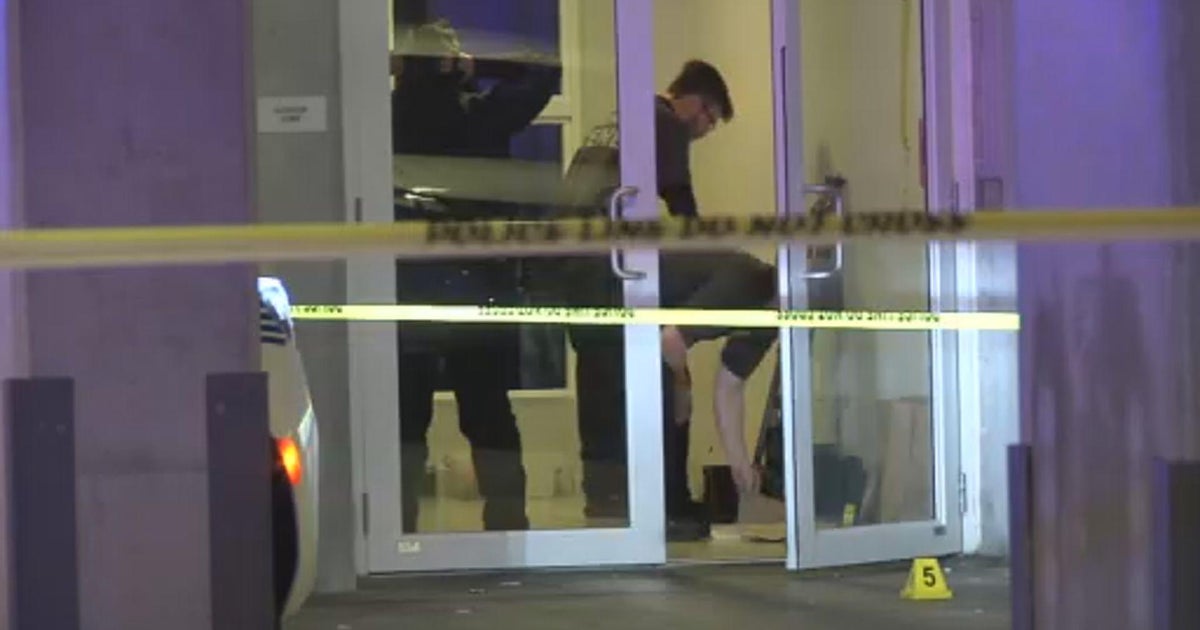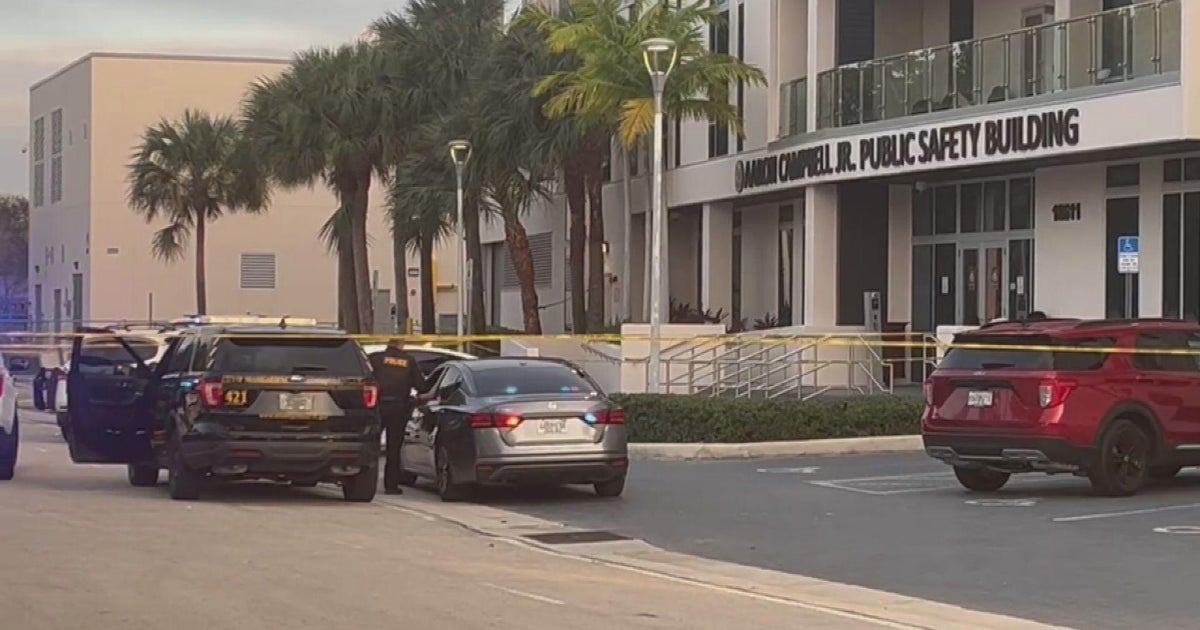Exclusive: Broward Sheriff's Office Using New Tool To Solve Crimes
OAKLAND PARK (CBS4) - Inside an unused Oakland Park golf course evidence markers flapped in the breeze and a tape measure roped off a 20 x 20 stretch of land. Crime scene investigators gathered nearby studying the layout.
One crime scene technician quietly pushed a lawnmower-looking machine back and forth across the grass. But instead of a common household appliance, the machine performs Ground Penetrating Radar (GPR) enabling crime scene sleuths to study what's beneath the soil and hunt for bones, bodies or clues in cases.
"It's rapid, it's real time and it allows you to narrow down the number of places you need to look for something," Forensic Anthropologist Dr. Tony Falsetti told CBS 4's Carey Codd.
Falsetti conducted the training, which included law enforcement officers from BSO, Sunrise Police, Coral Springs Police, Polk County, Lakeland Police and the Department of Defense.
Going grid by grid over the ground the information from the (GPR) is recorded onto a disc, loaded into a computer and minutes later a pattern emerges showing bright spots that indicate where an object is. The machine can look 25-30 feet under the ground.
"What they see under there is a change in the soil content," Dr. Falsetti said. "They see a bump in a continuous line."
Investigators don't know what the objects are but they know they don't need to dig up a large area to find out. They can narrow their search and determine if what's under here can help solve a case. It's a far cry from what crime scene technicians have done for decades.
"We would have to take each one of these squares and basically excavate it like an archeological dig," said BSO Detective Scott Caperton. "That's painstaking work" that could take months.
At least one recent case in South Florida shows how this technology could be useful. Back in January, Hallandale Beach Police investigators searched the backyard of a home for the remains of Hallandale Beach baby Dontrell Melvin.
Amongst the the crime scene investigators receiving the training was veteran BSO Homicide detective Efrain Torres. He immediately saw the value and the potential in the GPR.
"This is a great tool for our crime scene guys and myself to learn the process to go through to document the case and recover the remains," Torres said.
The technology isn't cheap. A BSO Spokesperson said the agency spent around $50,000 on the machine several years ago.
At the end of Wednesday's exercise the crime scene sleuths found the plastic bones that were hidden by Dr. Falsetti, who says the GPR machine brings a new dimension to crime fighting.
"It's the difference between records and MP3's," he said. "It's really that much different."



